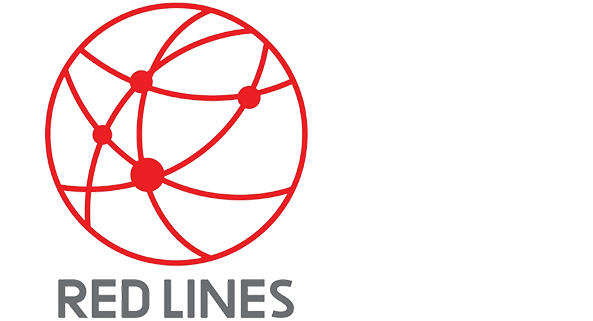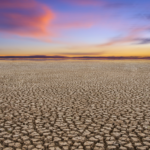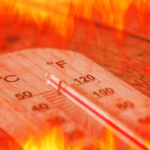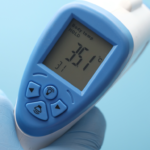Cities like Riyadh, Dammam, and Jeddah face significant challenges regarding water infrastructure due to extreme heat. Temperature mapping is a key tool that helps planners and engineers strategically design and distribute water infrastructure to ensure its efficiency and resilience. By understanding how heat impacts various areas, they can make informed decisions on the placement and planning of water facilities to ensure they can withstand harsh conditions and deliver water effectively.

How Temperature Mapping Assists in Water Infrastructure Management
- Identifying Safe Infrastructure Locations: Temperature mapping reveals high-temperature zones, helping avoid placing sensitive water infrastructure in those areas to reduce the risk of heat damage.
- Designing Durable Systems: Planners can use temperature data to design water transport and storage systems that withstand high temperatures and operate efficiently, even during the hottest parts of the year.
- Improving Water Distribution: Understanding heat distribution across areas enables more efficient water networks, allowing reliable delivery even in hotter zones.
Redlines’ Role in Temperature Mapping for Water Management
Redlines offers temperature mapping services in Riyadh, Dammam, and Jeddah, assisting organizations and authorities in building heat-resistant water infrastructure. Through this analysis, we help ensure safe and sustainable water distribution while protecting infrastructure from adverse heat effects, contributing to the sustainability of water resources and providing reliable services in these essential urban areas.
you can get more information on our site: Redlines.com





